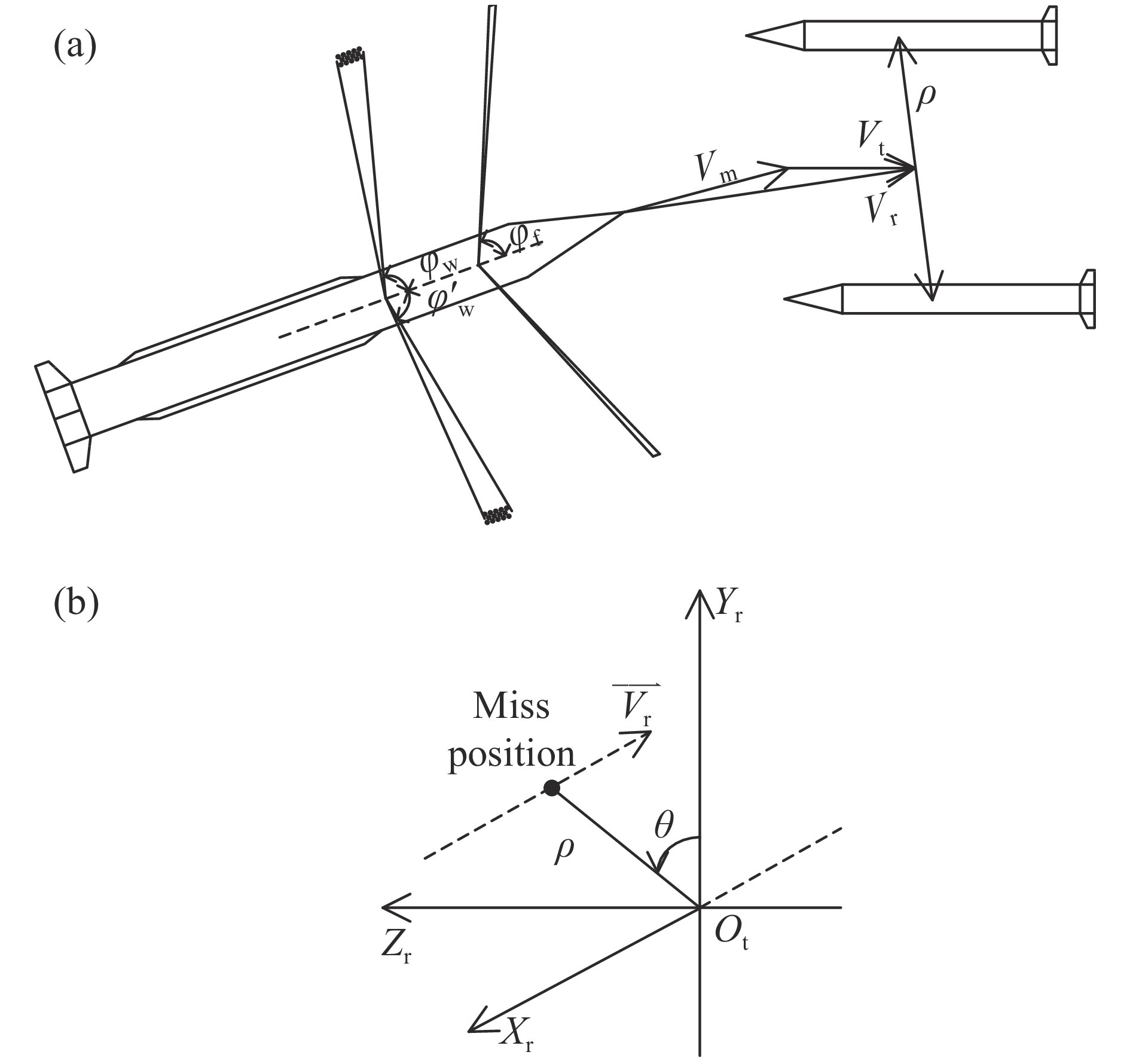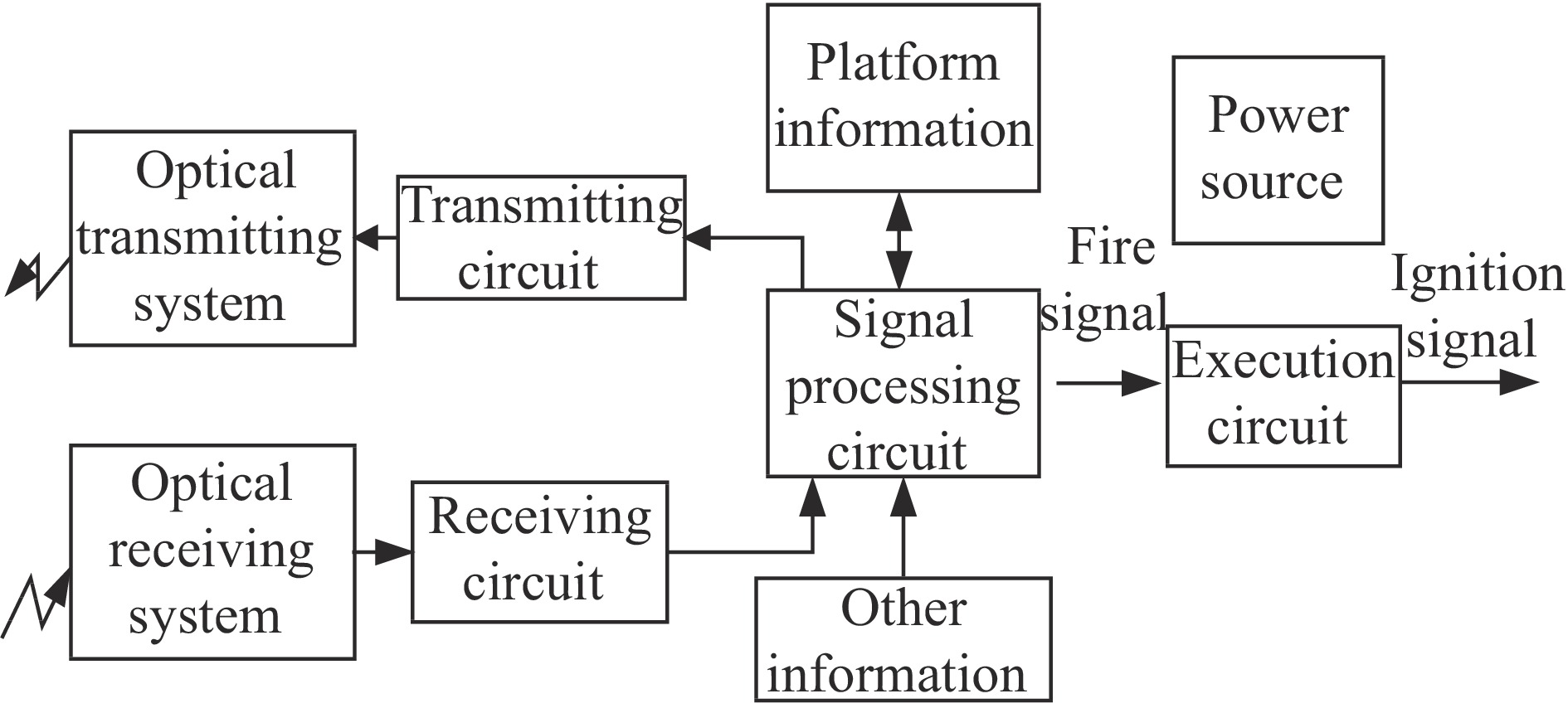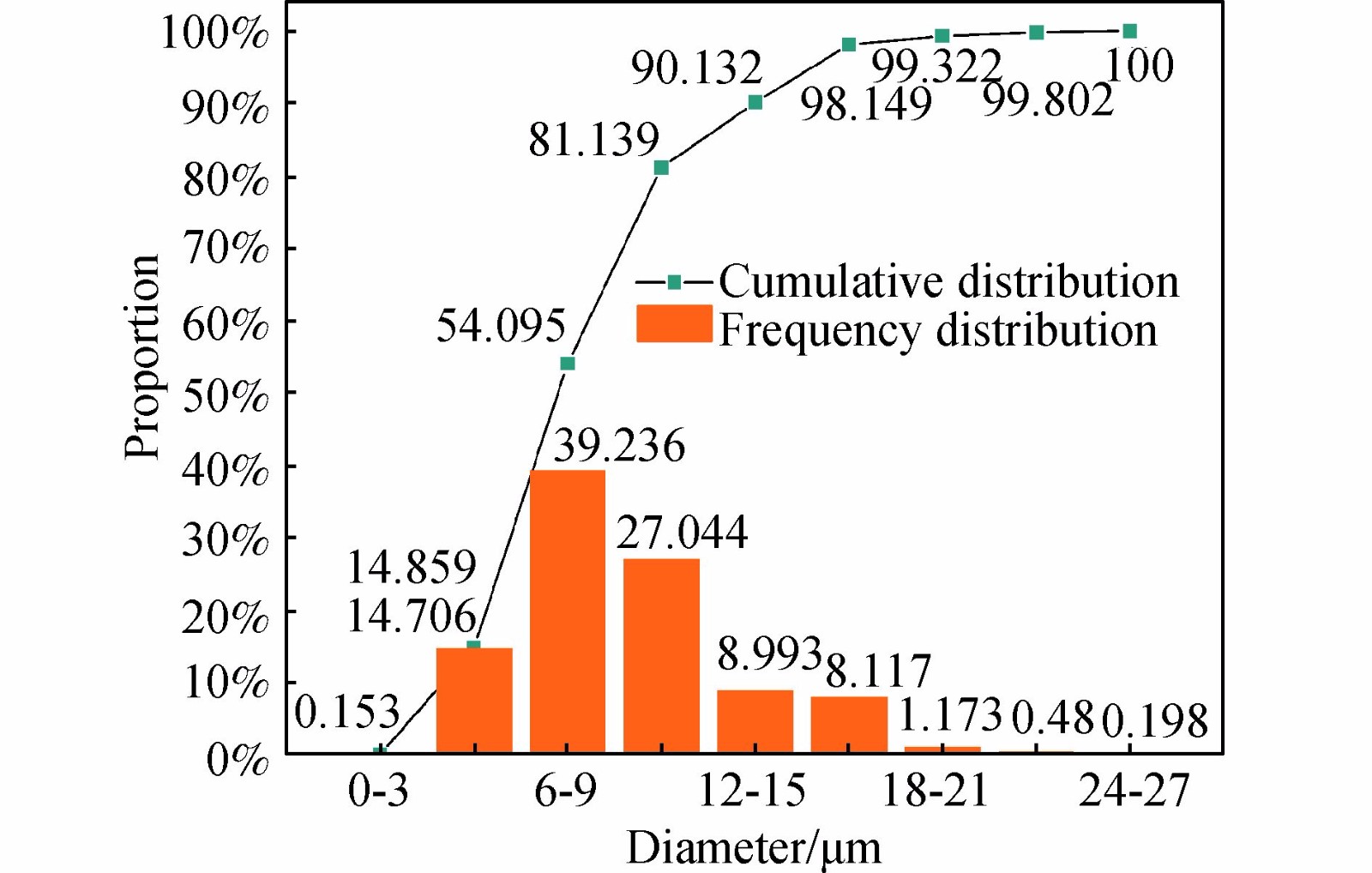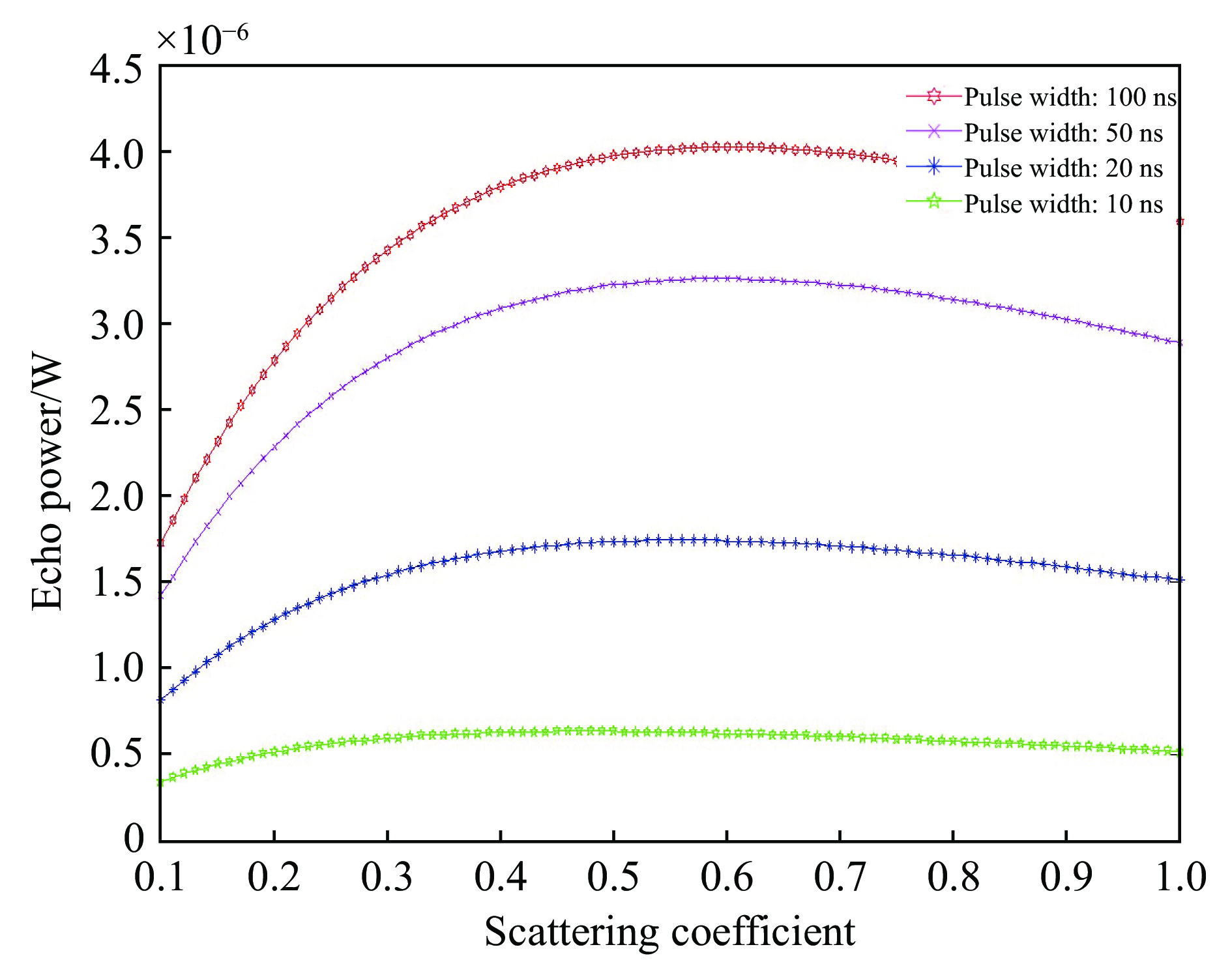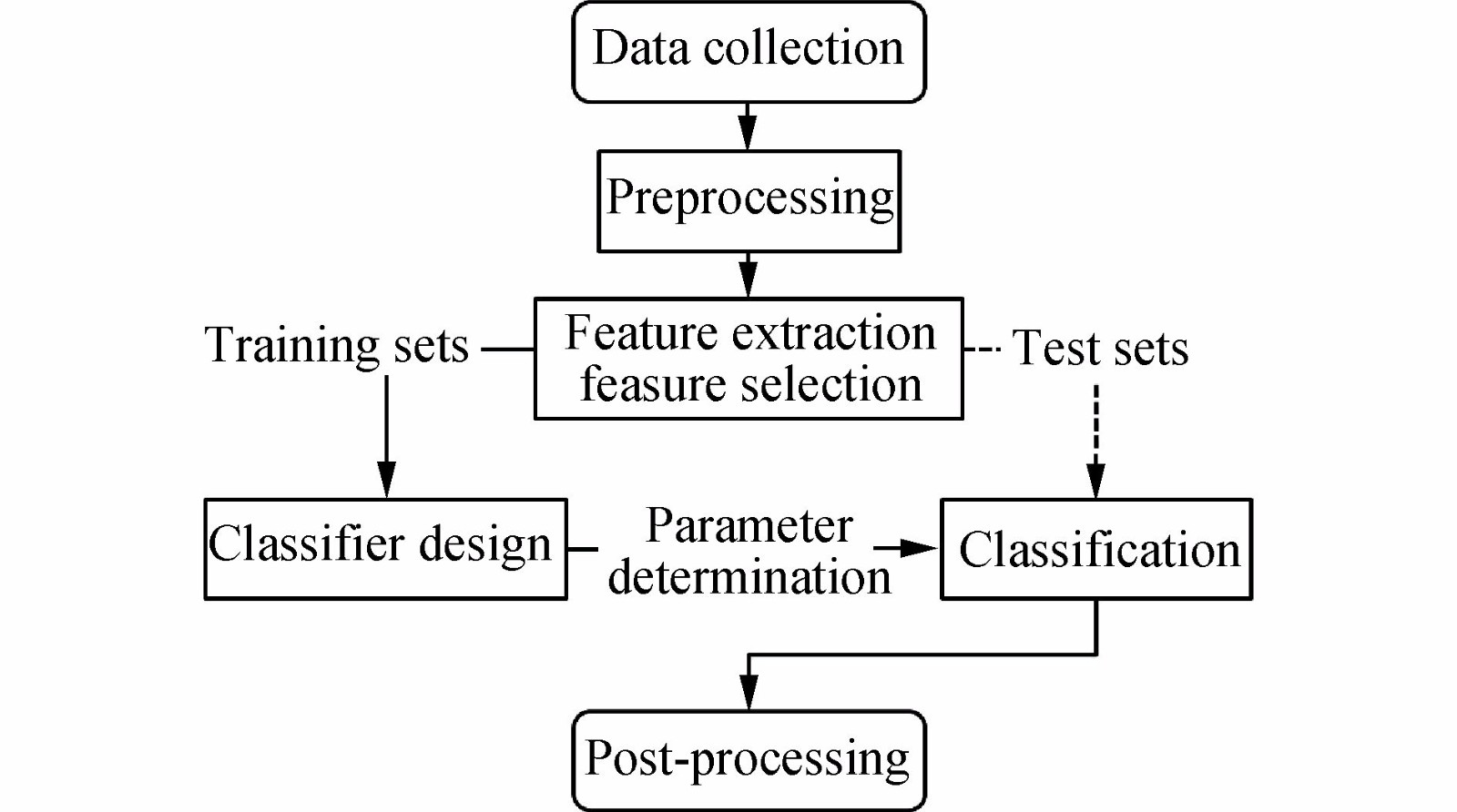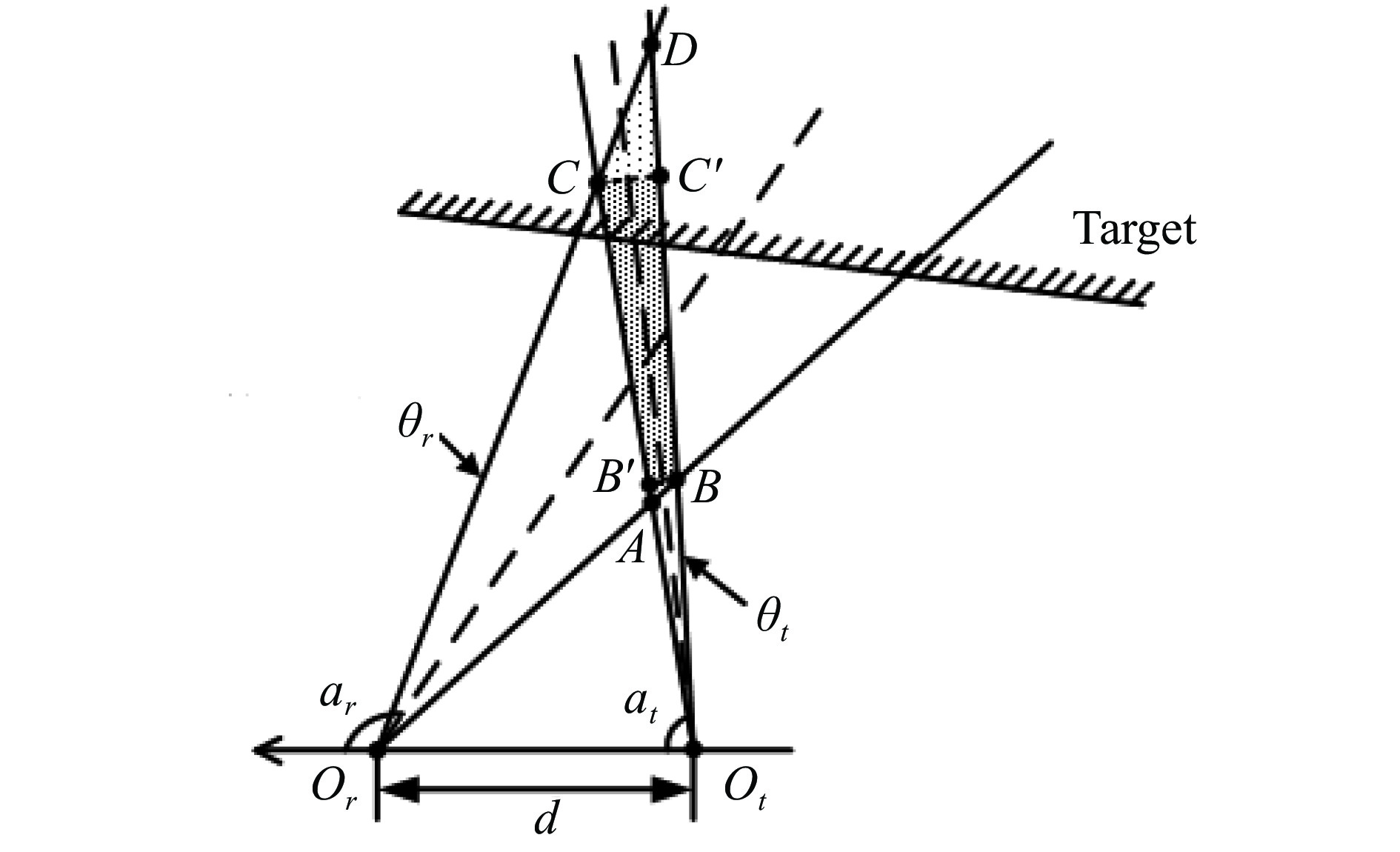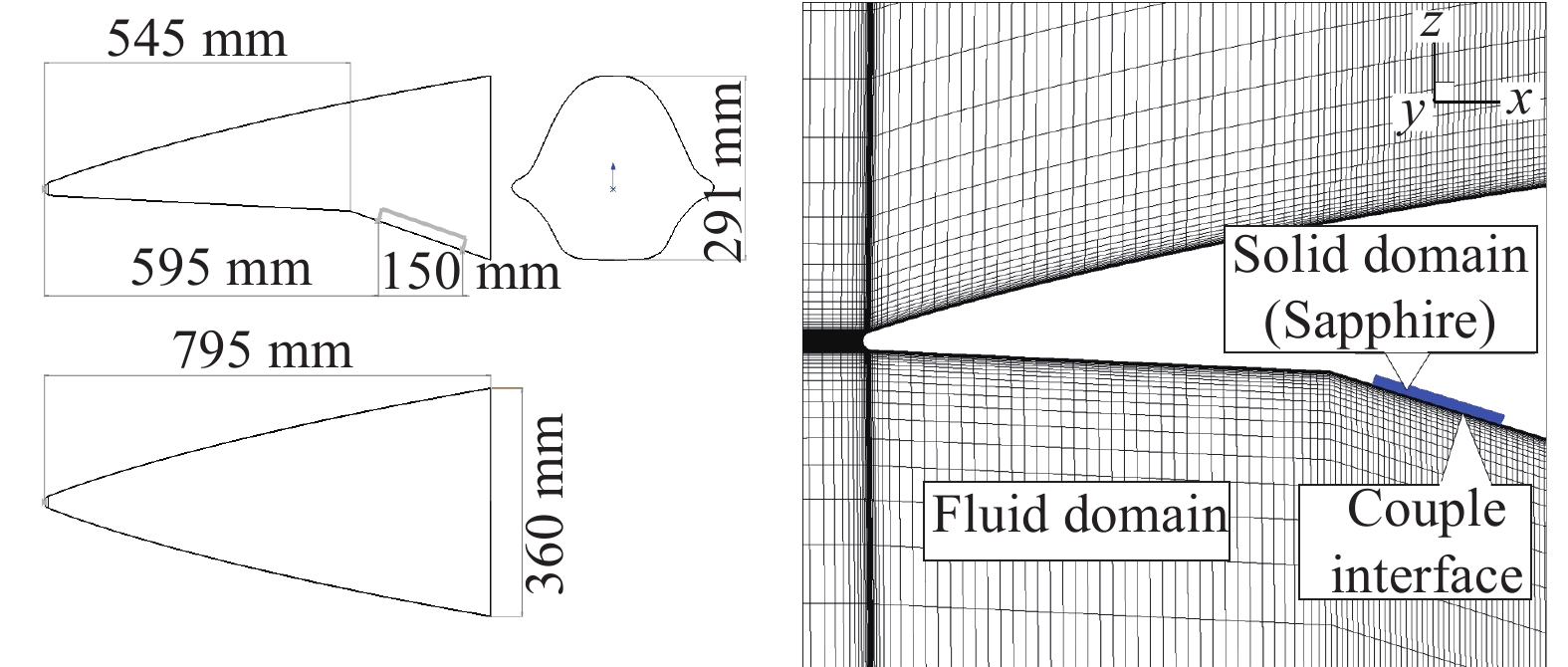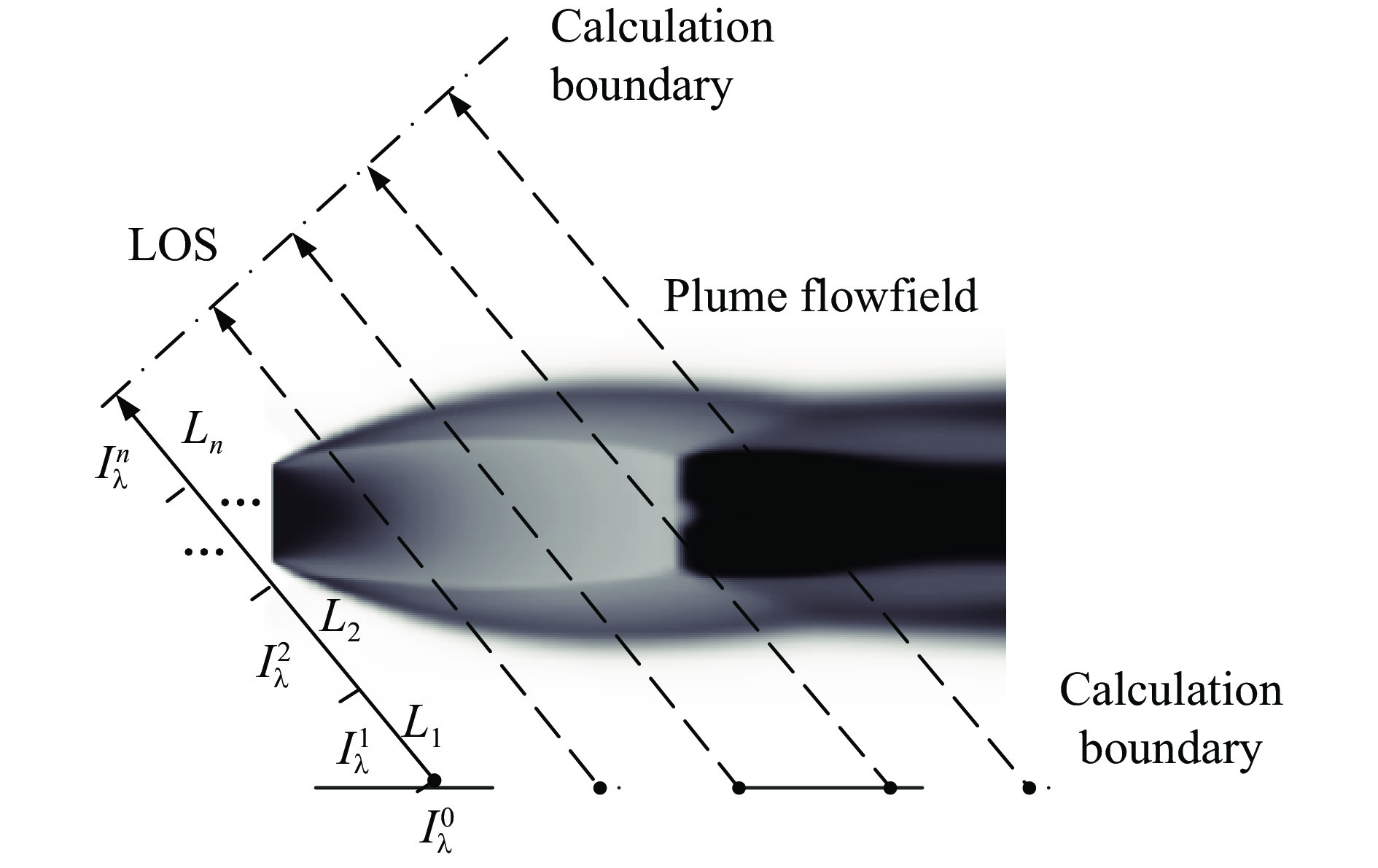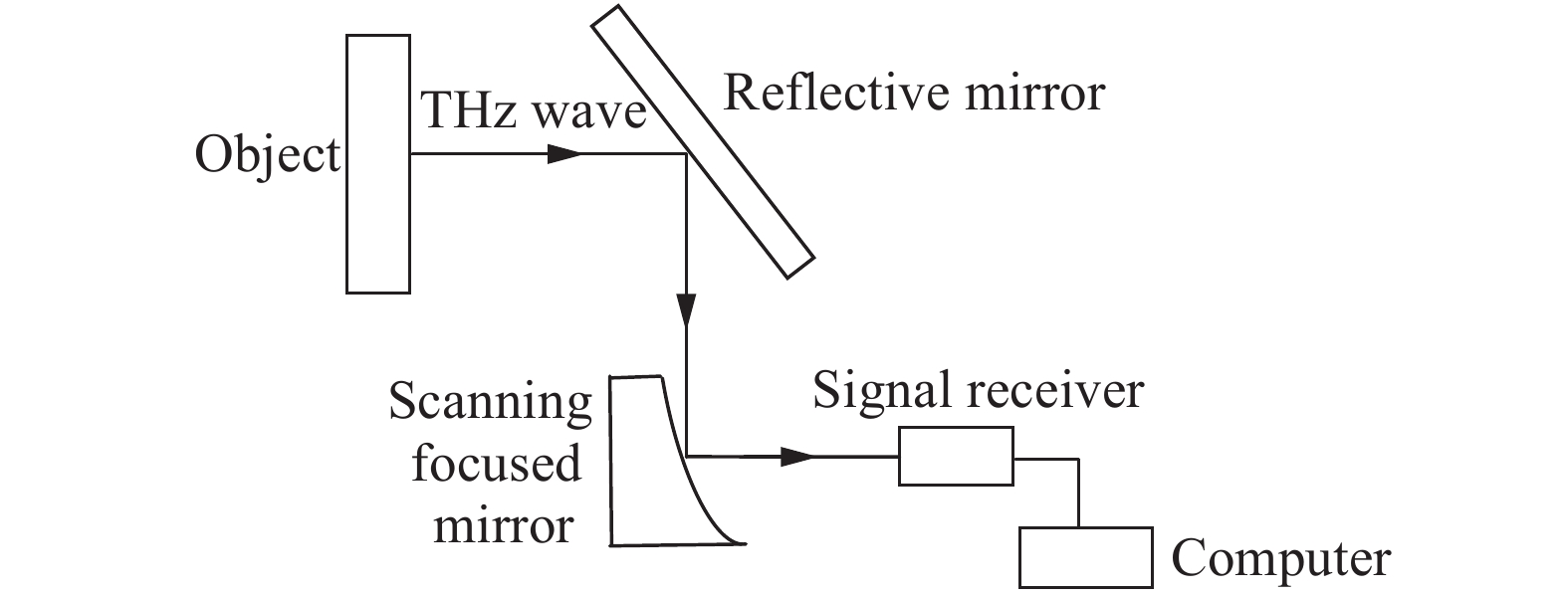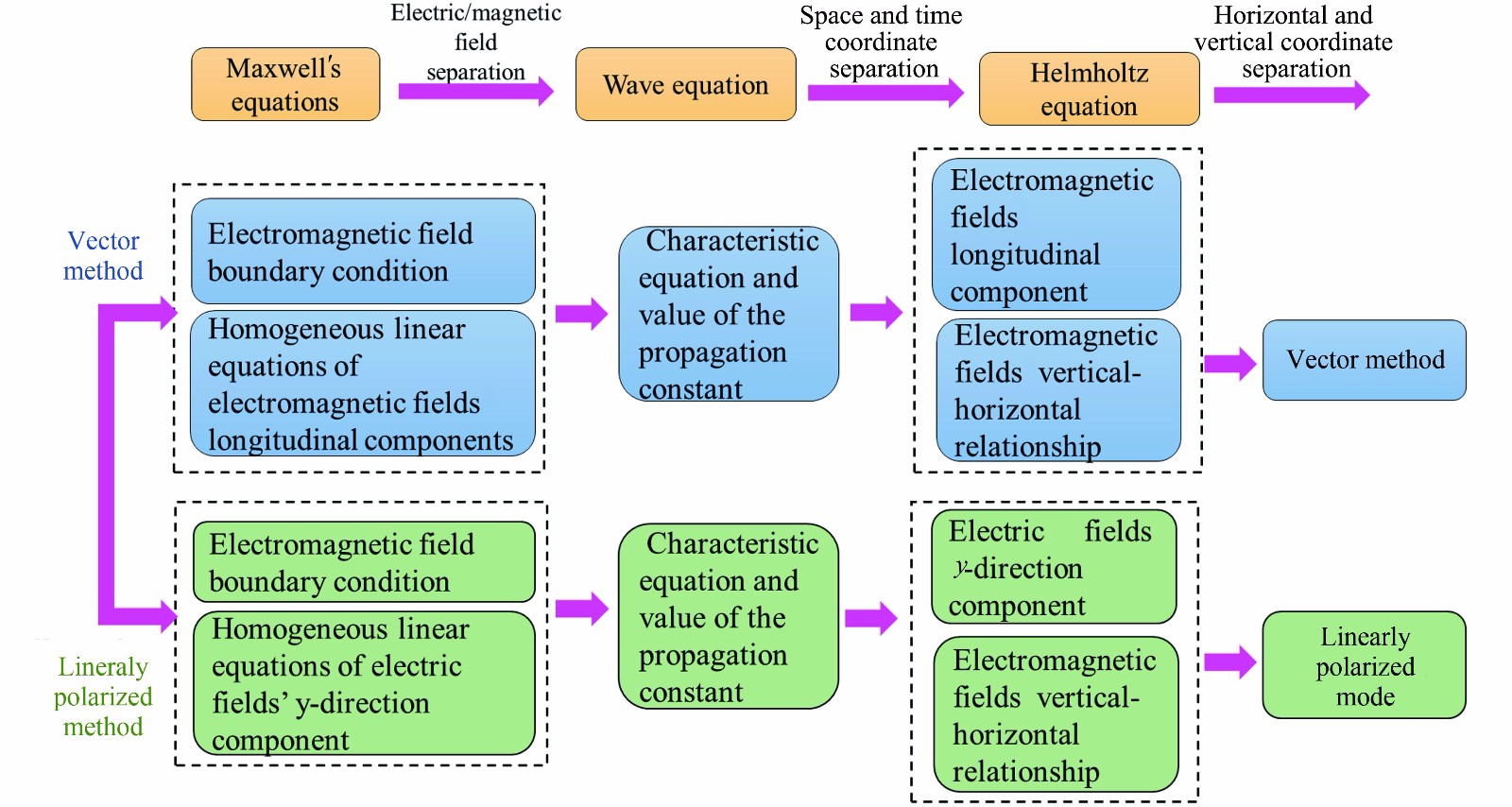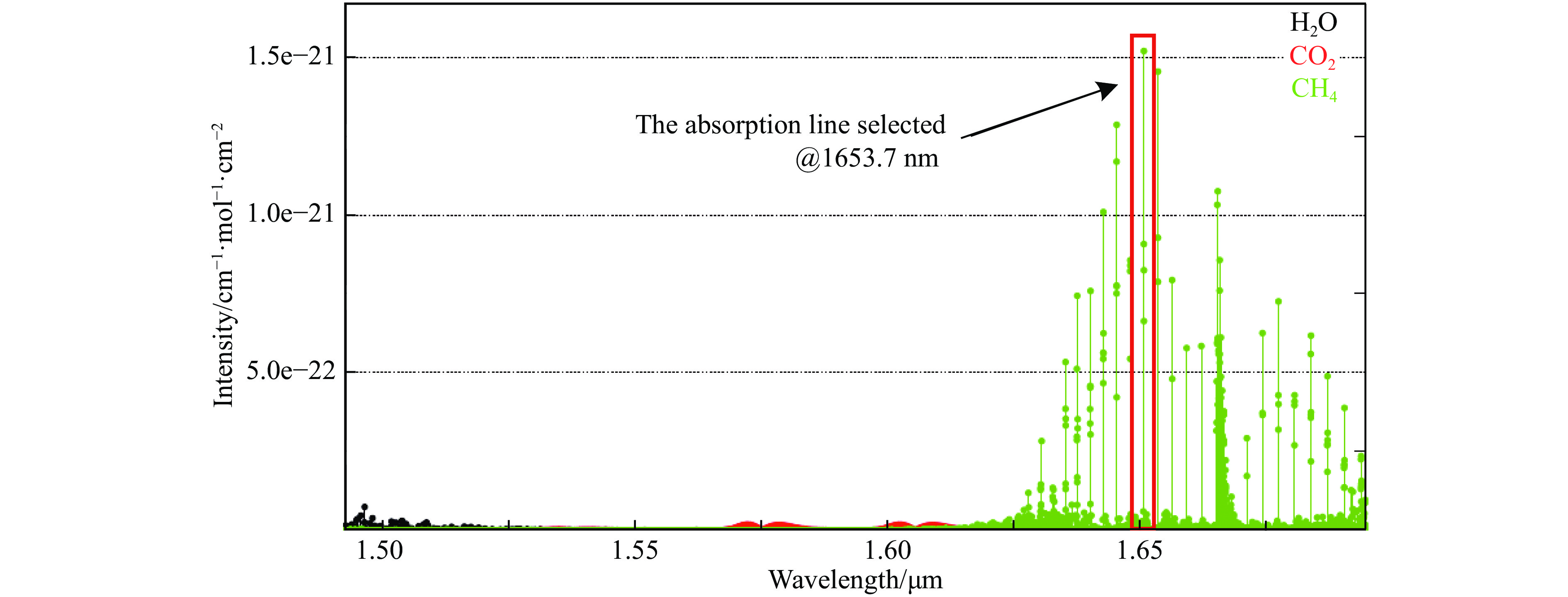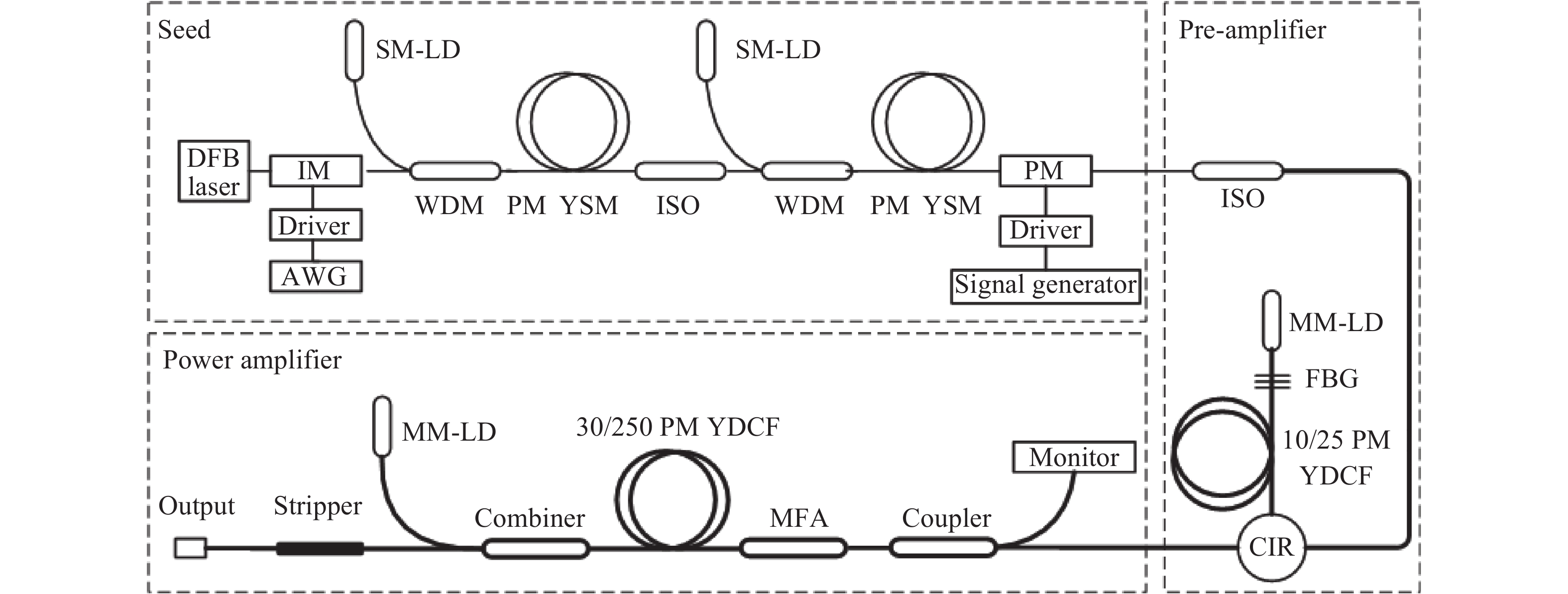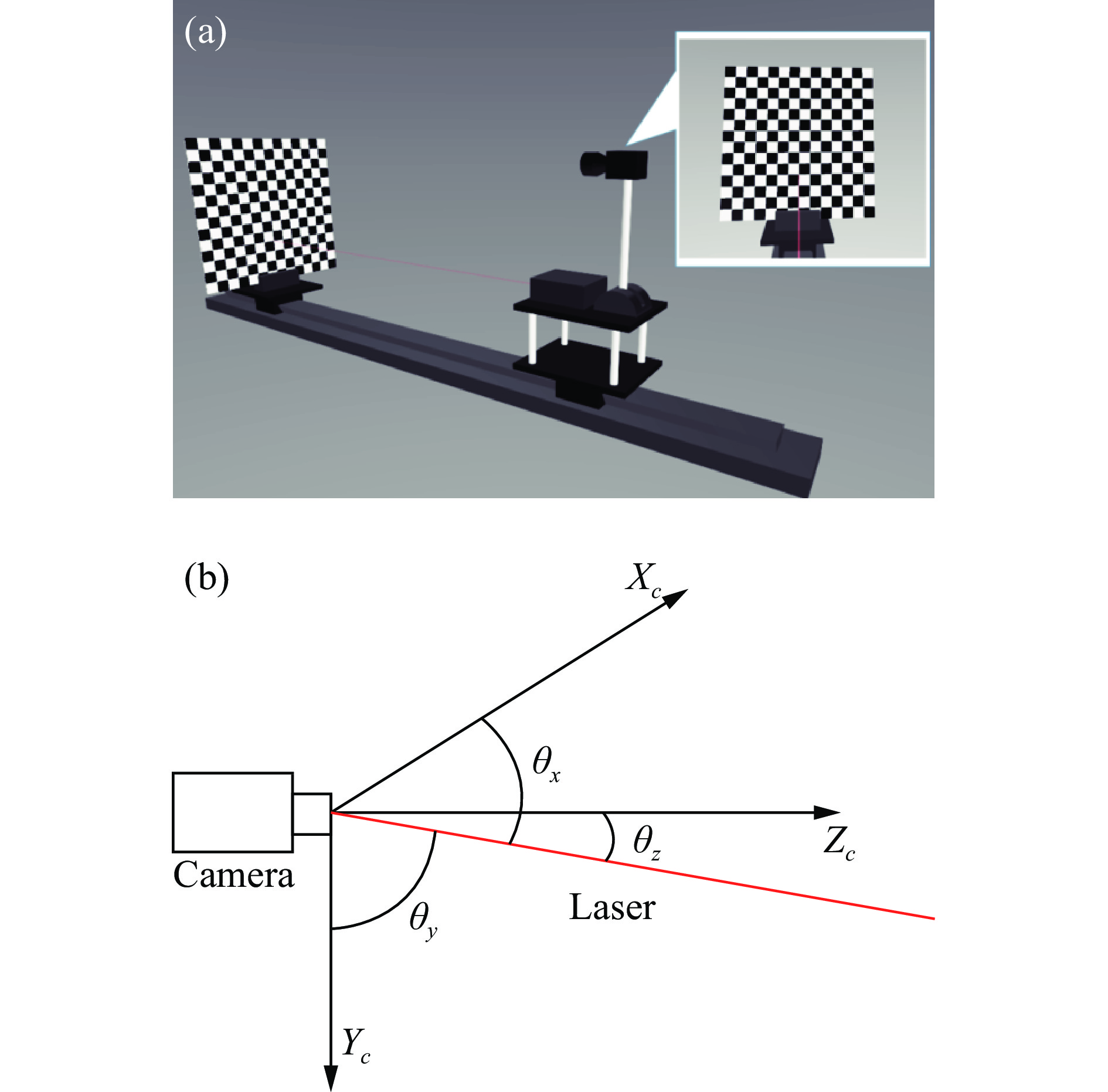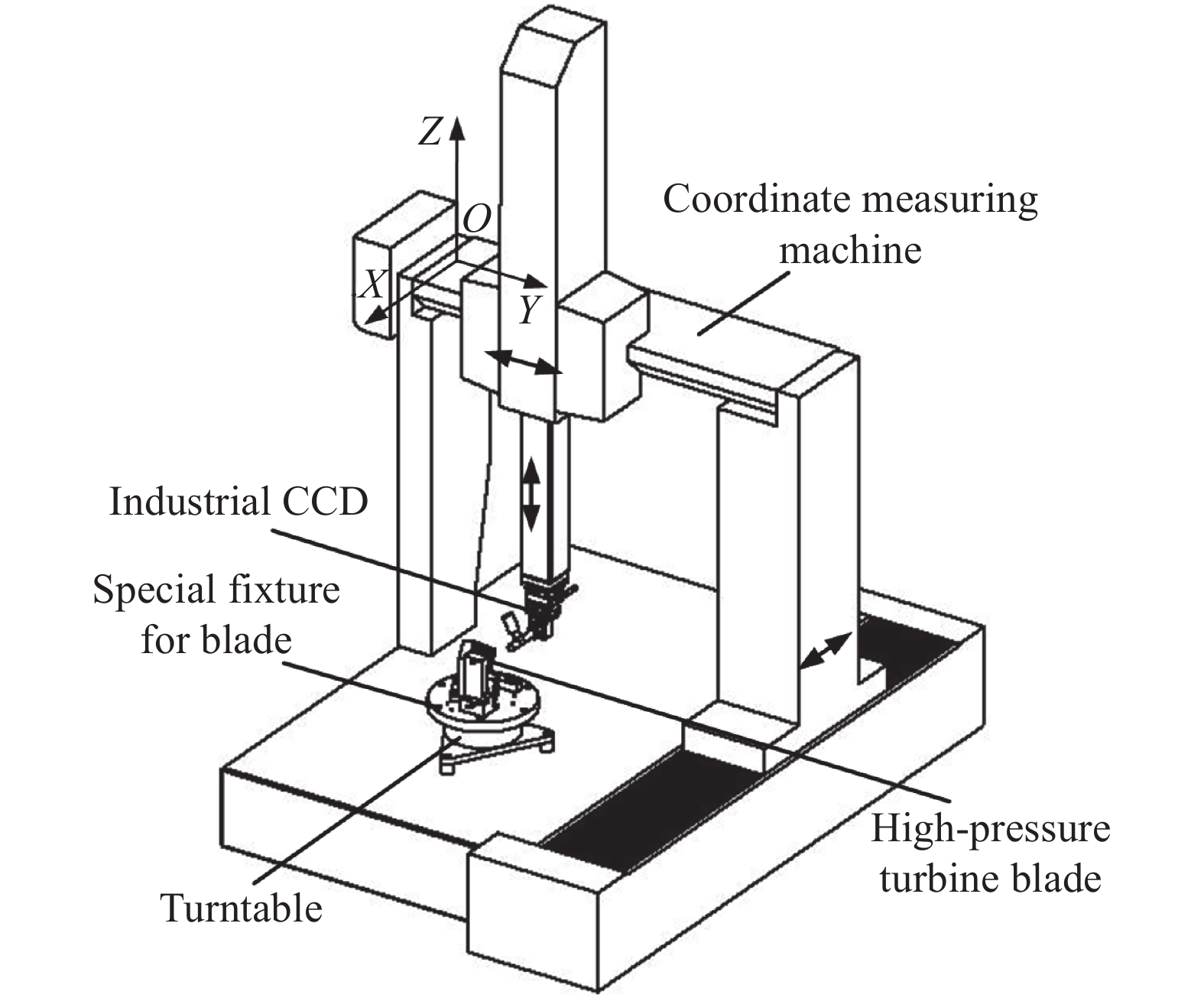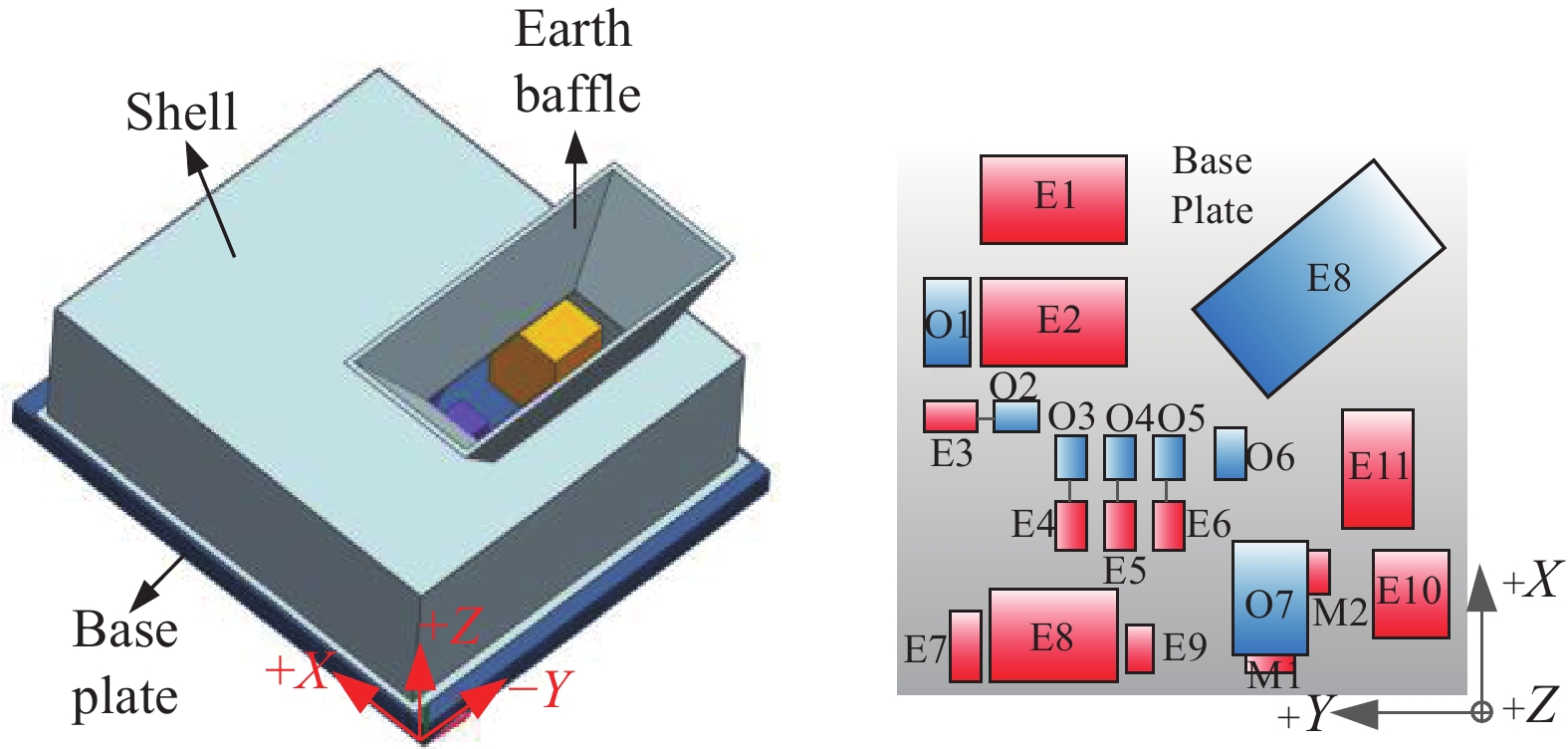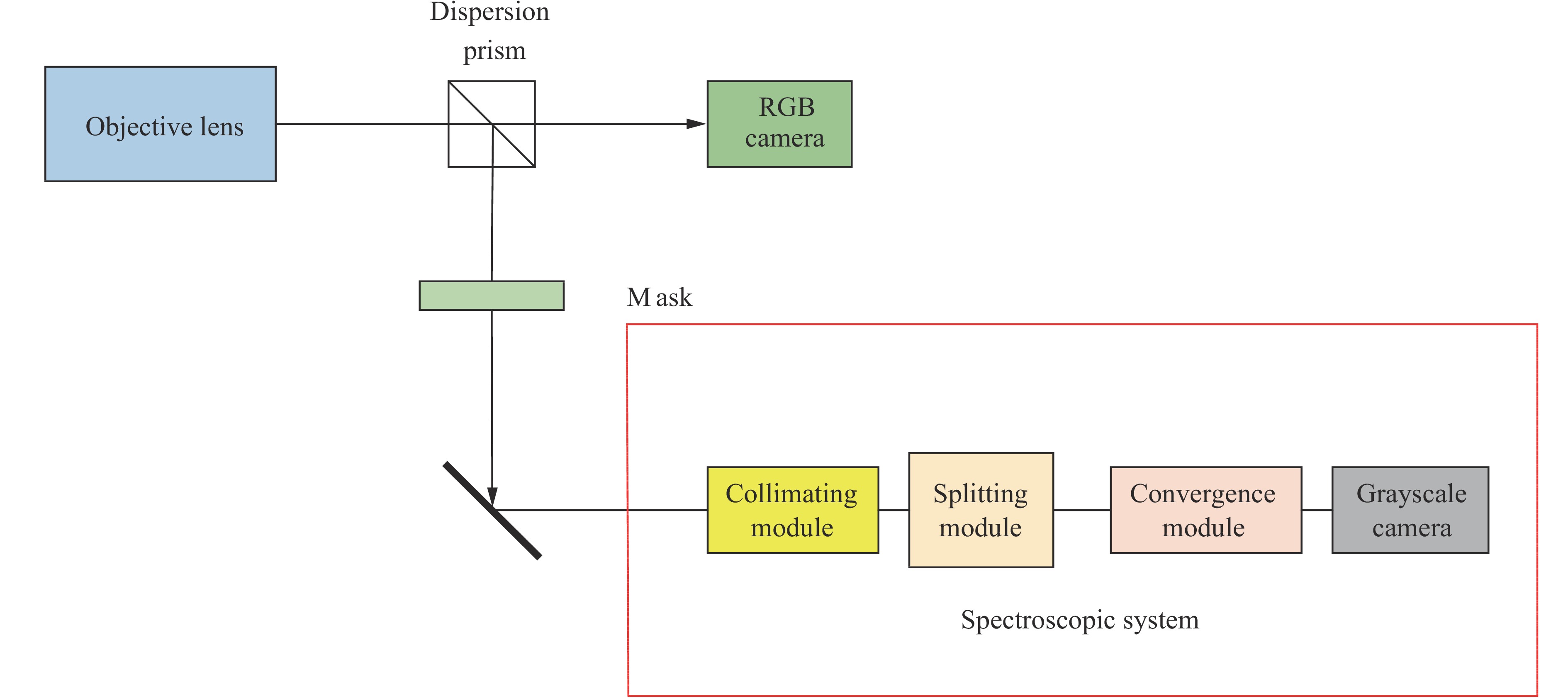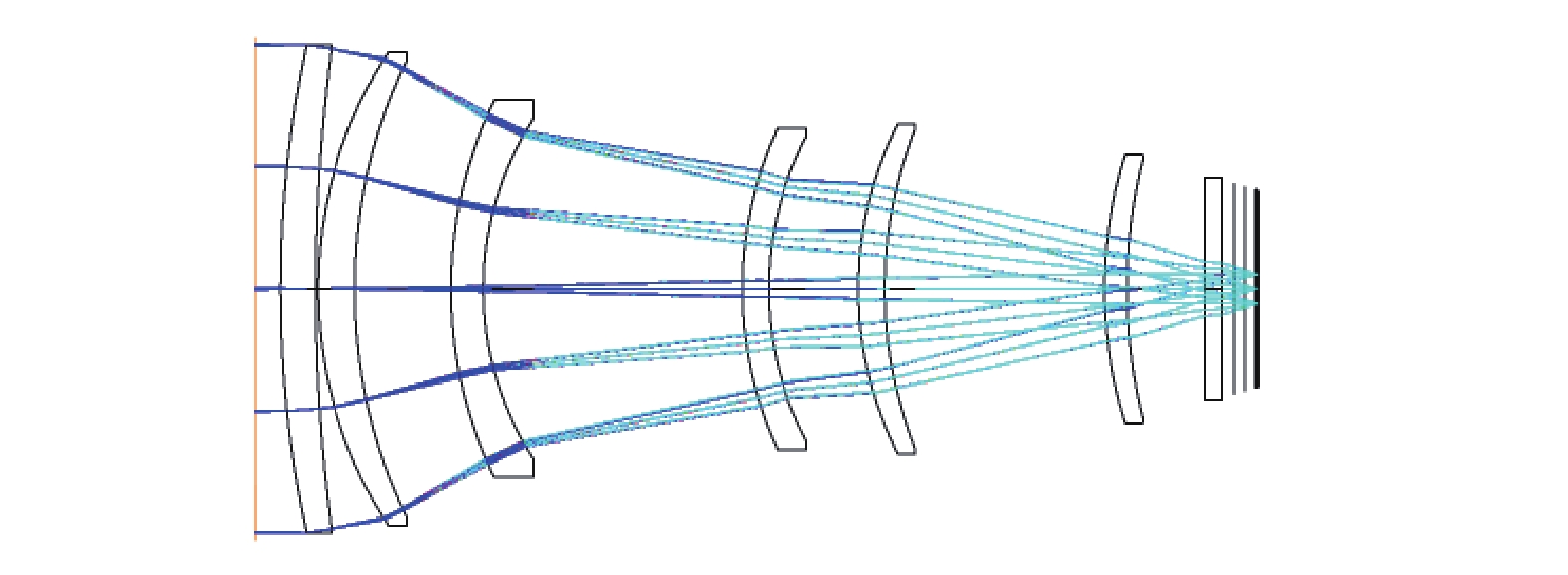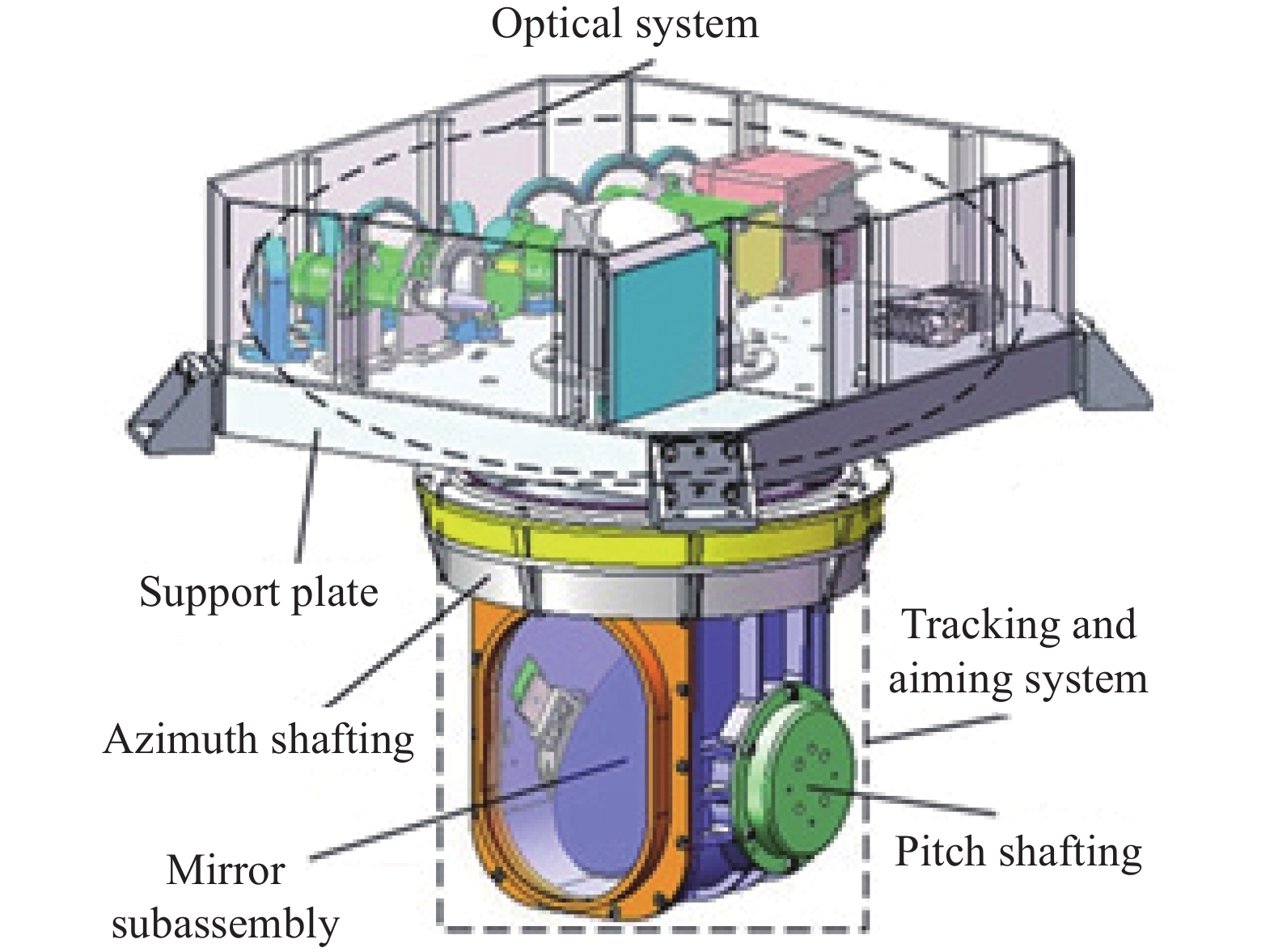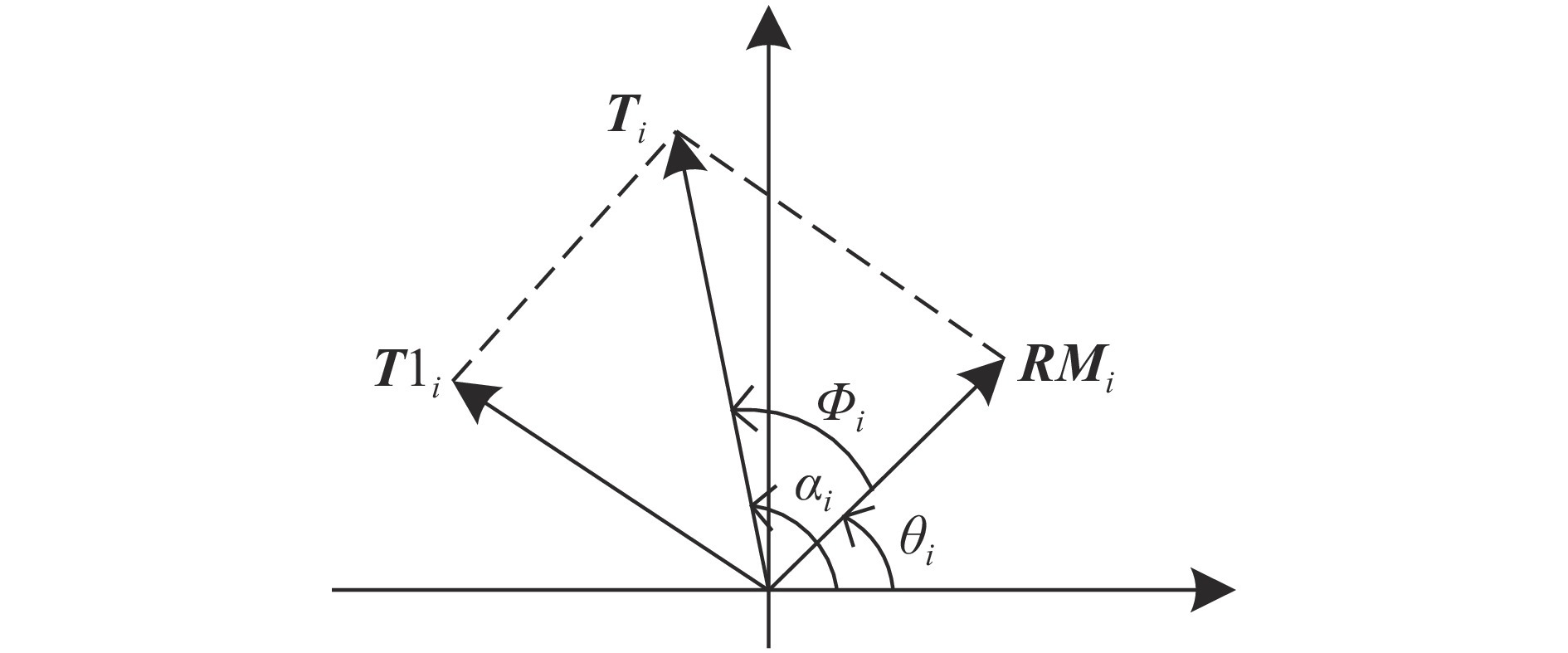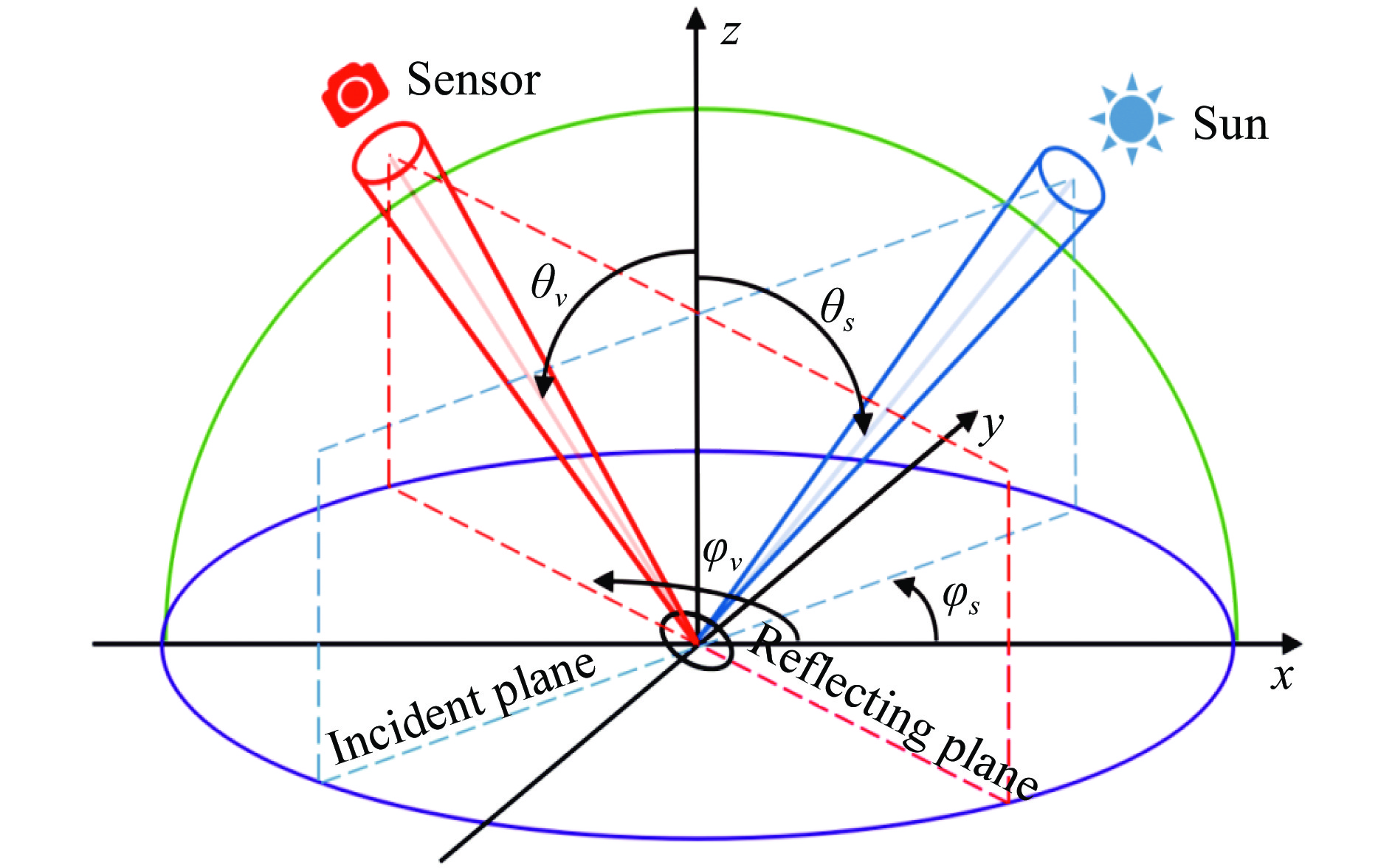2020 Vol. 49, No. 4
Panoramic laser fuze usually calculates the optimal initiation time and initiation azimuth only based on single measured target direction and distance, the calculation accuracy is low. On the other hand, fuze can not distinguish the authenticity of targets, it is easy to cause "false alarm" or accidental bombing. Based on the working principle of the synchronous scanning panoramic pulse laser fuze, the direction, distances and position coordinates of multiple detection points were analyzed. The target velocity model based on multiple detection points were established, which can calculate the target speed and judge whether the target was true. The geometric center position of the target feature was solved, and the optimal initiation time and azimuth calculation model were established to obtain the maximum damage effectiveness of the warhead. The influence factors of the optimal initiation time and azimuth were analyzed. The research can provide a reference for the target identification and directional initiation of the panoramic laser fuze.





